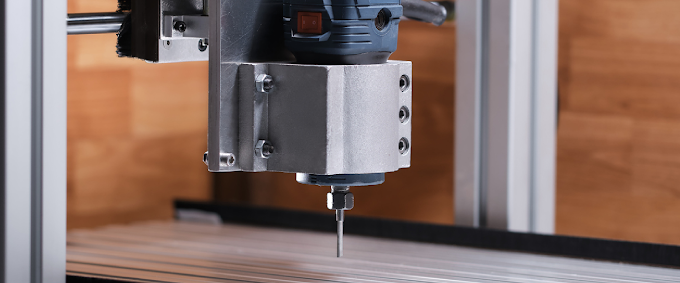The journey from the first iPhone to the iPhone 14 Pro Max has been nothing short of remarkable, marked by constant innovation, advancements in technology, and a growing ecosystem of features and capabilities. Let's take a look at this journey through the various generations of iPhones:
*iPhone 1 (2007):* Apple introduced the revolutionary
iPhone, featuring a 3.5-inch display, a multi-touch interface, and a
2-megapixel camera. It set the standard for modern smartphones.
*iPhone
3G (2008):* The iPhone 3G brought faster internet speeds with 3G
connectivity, along with the introduction of the App Store, paving the
way for a wide range of applications.
*iPhone 3GS (2009):* This
model emphasized speed and performance improvements, along with a better
camera and video recording capabilities.
*iPhone 4 (2010):* The
iPhone 4 featured a new design with a glass front and back, Retina
display, and the introduction of FaceTime for video calls. It also had a
more advanced camera.
*iPhone 4S (2011):* Siri, the virtual
assistant, made its debut on the iPhone 4S, along with an improved
camera and the A5 chip for better performance.
*iPhone 5 (2012):*
The iPhone 5 introduced a larger 4-inch Retina display, a thinner and
lighter design, and the new Lightning connector.
*iPhone 5S
(2013):* Touch ID fingerprint recognition technology was introduced,
along with the A7 chip, which was the first 64-bit processor in a
smartphone.
*iPhone 6 and 6 Plus (2014):* Apple increased the
display sizes to 4.7 inches and 5.5 inches, respectively, while also
introducing features like Apple Pay and improved cameras.
*iPhone
6S and 6S Plus (2015):* The "S" models brought improvements in the form
of 3D Touch, a faster A9 chip, and better camera capabilities.
*iPhone
7 and 7 Plus (2016):* Water resistance, removal of the headphone jack,
and the introduction of the dual-camera system on the Plus model were
the highlights of this generation.
*iPhone 8 and 8 Plus (2017):*
Wireless charging, the A11 Bionic chip, and improved camera technology
were the key features of this iteration.
*iPhone X (2017):* The
iPhone X marked the 10th anniversary of the iPhone and introduced a
radical design change with an edge-to-edge Super Retina display and Face
ID facial recognition.
*iPhone XS and XS Max (2018):* These
models continued the design of the iPhone X while offering improved
performance and camera enhancements.
*iPhone 11, 11 Pro, and 11
Pro Max (2019):* The iPhone 11 series introduced significant camera
improvements, including the Night mode, as well as the A13 Bionic chip.
*iPhone 12 and 12 Pro (2020):* 5G connectivity, the A14 Bionic chip, and a new flat-edge design were the major highlights.
*iPhone
13 and 13 Pro (2021):* The iPhone 13 series brought camera and battery
life improvements, as well as the A15 Bionic chip.
*iPhone 14 Pro
Max (Expected 2022/2023):* Although information is speculative at this
point, it's anticipated that the iPhone 14 Pro Max will likely feature
further advancements in camera technology, performance, and possibly
design refinements.
Throughout this journey, each iPhone
generation has built upon the innovations of its predecessors, refining
features, introducing new technologies, and continuously pushing the
boundaries of what a smartphone can achieve. Apple's commitment to
innovation and user experience has resulted in a remarkable evolution
over the years, shaping the way we communicate, work, and stay connected
in the modern world.





.jpeg)








0 Comments